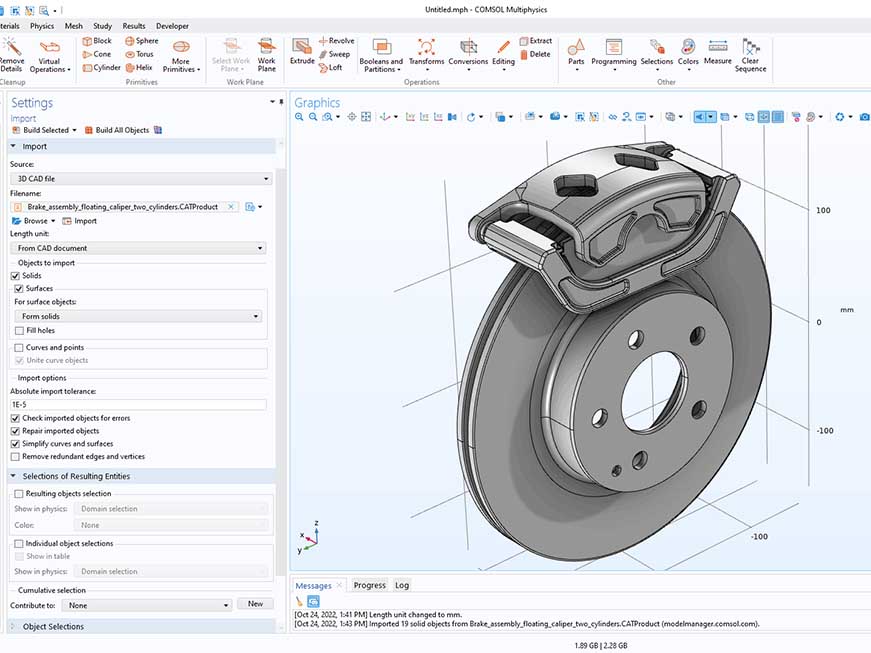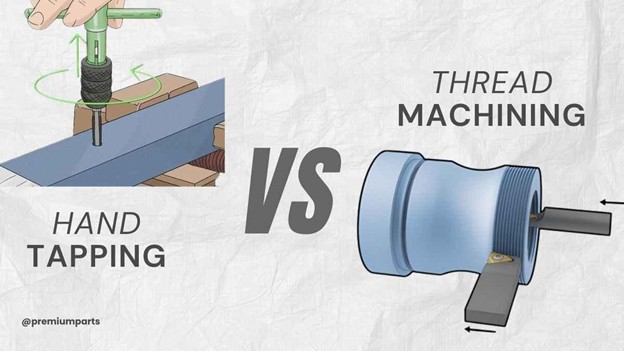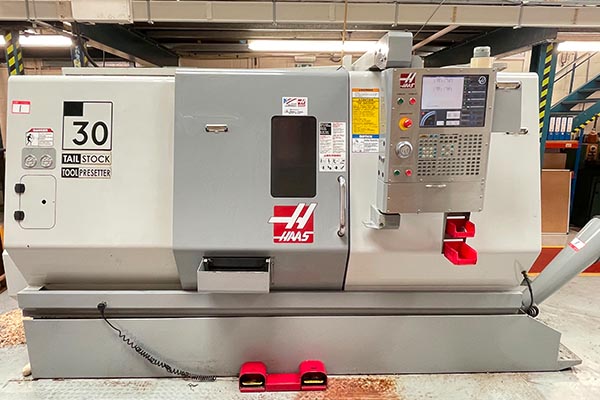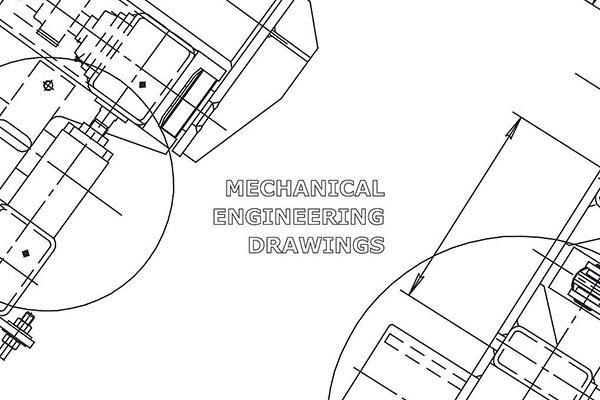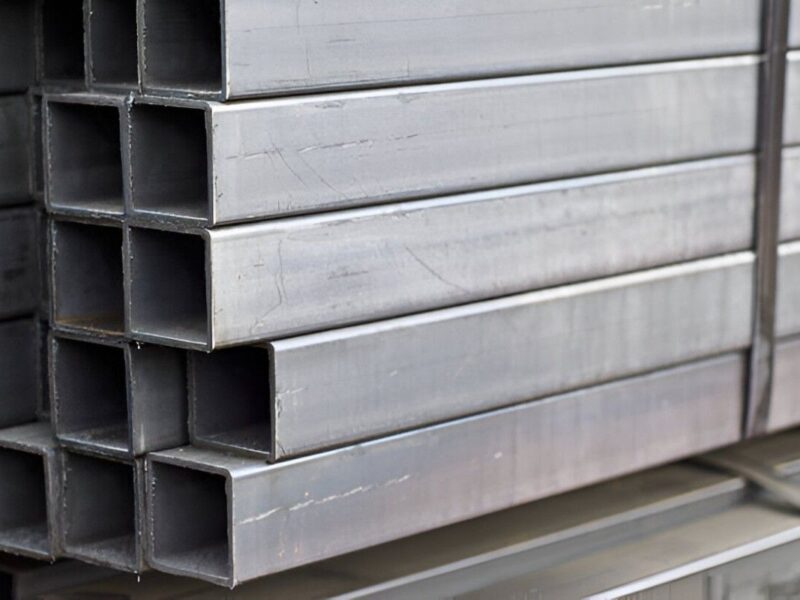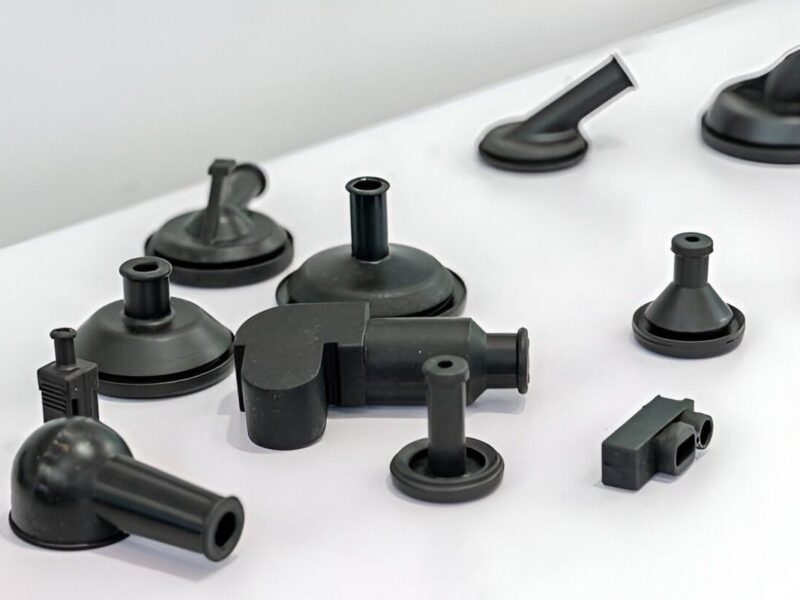Ever wonder how plastic products get their proper shape? Injection modeling is the reason behind that. It’s the base of the whole plastic manufacturing industry. By setting the proper temperature and pressure, it creates the requisite shapes of products. The two major types of Injection models include Aluminum and Steel. Both methods have their benefits and requirements. Thus, their use can vary according to the design requirements.
By reading this article further, you will understand the major differences between Aluminum and Steel molds. Learn their features, costs, and benefits to make a better choice for molding. Let’s explore further to get deeper insights into them.
What’s the Use of Aluminum or Steel Injection Molds?
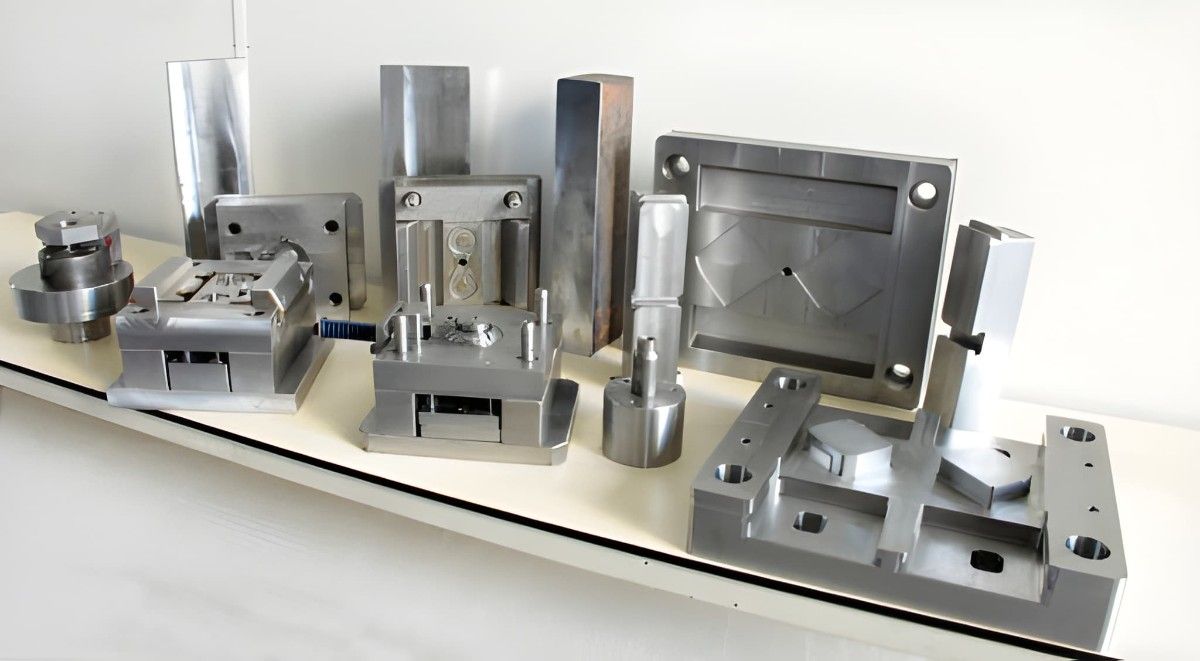 Industrial Metal Mold
Industrial Metal Mold
Image Description: An industrial metal mold on display.
What is injection modeling? Firstly, injection molding gives the plastic a proper shape by melting it under proper pressure and temperature. What’s the use of Aluminum and Steel Molds? These are the two types of injection molds, and they feature cavities to give shapes to elements. Therefore, they are crucial to shaping the plastic elements according to our requirements.
So, you have a little idea of them. Now, understand they have different capabilities, but the definition is the same—parts molding. They provide suitable pressure, temperature, and accuracy to finish the product shape properly. Moreover, both molds have anti-corrosion properties, making them durable.
Aluminum vs. Steel Injection Molds
Aluminum and steel injection molds differ in terms of temperature limit, precision, and finish. Under different conditions, each can be a better choice, depending on what you need. Here are some major differences that will help you take the right step:
Thermal Properties
The temperature limit of mold material can make or break your product. We mean that the accuracy of the outcome depends upon the transfer of heat and the cooling process. Moreover, Aluminum is a more conductive element than steel. The conductivity of Aluminum is 235 watts per kelvin per meter. On the other hand, the conductivity of SteelSteel is 45 watts per kelvin per meter. Similarly, stainless steel has only 15 watts per kelvin per meter.
This means Aluminum can raise its temperature and cool down eventually in less time than steel. Therefore, Aluminum is a better choice as the material melts and fills its holes uniformly. In comparison, SteelSteel also has another edge: it cools down slowly. This gives an edge to control the temperature and pressure in a better way.
Durability
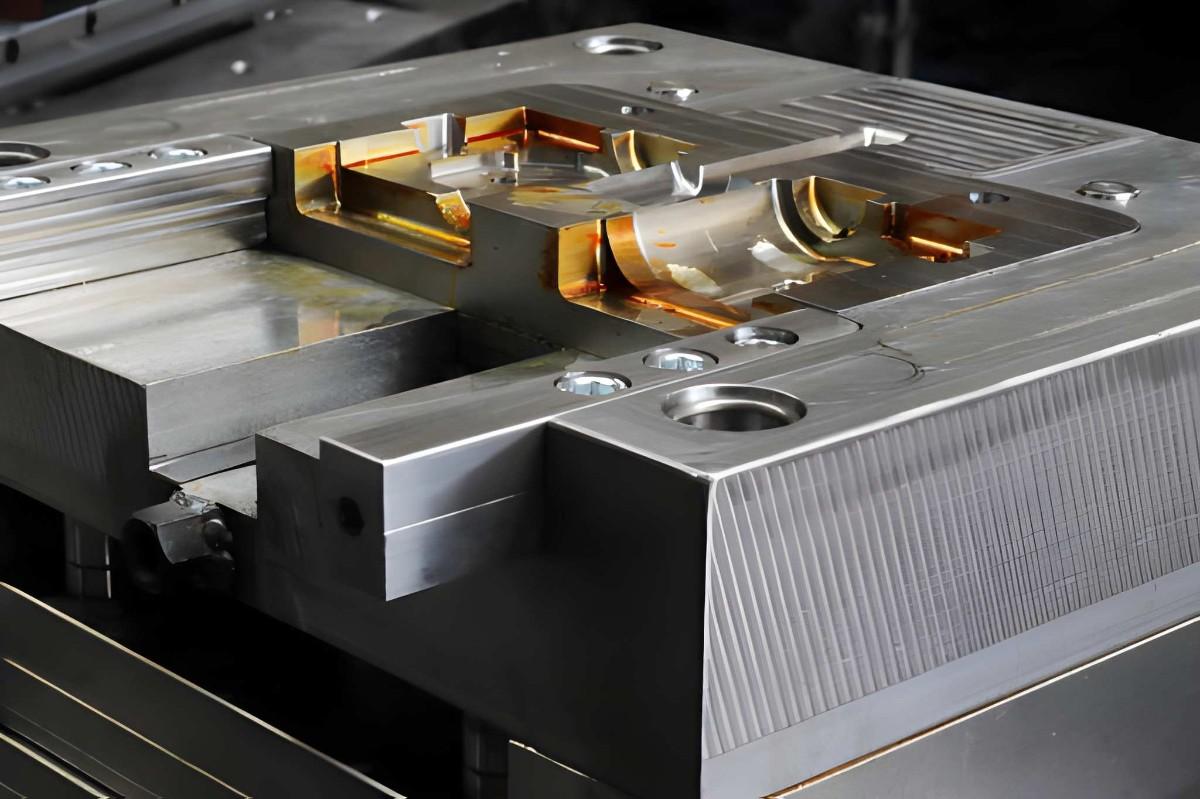 Durable Manufacturing Mold
Durable Manufacturing Mold
Image Description: A heavy-duty injection mold made of steel in a factory setting.
Steel molds feature carbon and alloy elements, which make them strong, hard, and thermally resistant. Thus, steel molds are more durable and resistant to wear and tear. Moreover, they can also handle heavy pressure and avoid abrasion, which makes them a reliable option. You can use them for recurring molding processes.
On the other hand, Aluminum molds can easily undergo shape change due to rapid heating. This change in shape, by expansion and contraction, can result in misalignment and dimensional instability. Subsequently, they easily get scratches and marks. They are less durable and reliable when it comes to wear-resistant and abrasion-resistant.
Surface Finish
The softer mold is softer from the inside of holes and cavities, the cleaner and more premium finish we get. Thus, by comparing the aluminum and steel molds, we can see that steel is softer and can offer better output. However, we can’t rely only on Aluminum, as it decays with time and can alter the finish. However, if you are into high-quality finishes like SPI A-1, any mold can offer that. Furthermore, you can also try other finishing options, such as polishing and coating, to get a smooth, glossy finish.
Alterations and Changes
Steel is a strong and stiff element that is not easy to mold into different shapes according to requirements. However, that’s not the case with Aluminum, as it’s not hard and can easily undergo changes. Thus, it saves time and cost to search for new molds. You can easily modify Aluminum with minimal machinery; however, to mold Steel, special machinery and more time are needed.
Molding Cycle
The total time includes preparing the part in the injection mold, including adjusting its temperature, setting time, filling and formation time, and cooling period. The cooling process is the longest period, taking up to 80% of the whole. However, as Aluminum is more conductive, it takes less time to cool. As a result, the whole process takes less time. However, the Steel mold has less conductivity and takes more time.
Heating and Cooling Time
Aluminum’s heat conductivity is higher than steel’s, so it offers a heating and cooling period seven times less than steel. The quick heating and cooling times can reduce the cycling time. Moreover, they offer uniform heating and cooling, consistency, and high-quality projects without defects. Nonetheless, Steel is less conductive, taking longer to heat and cool. This increases the cycle time and slows the process.
Quality
With the consistent heating and cooling properties of Aluminum molds, they can produce efficient, high-quality products. They offer products with fewer marks, pits, turfs, and marks. Therefore, the products are high-quality and need less finishing after production. However, Steel molds are inconsistent with the temperature, so their products can have issues. So, aluminum molds are better for industries that need precise and quality products.
Table: Comparison of Aluminum Vs Steel Injection Molds
| Properties | Aluminum Molds | Steel Molds |
| Thermal | High conductivity with faster heating and cooling time. | It has low conductivity with slow cooling and heating. |
| Durability | They are prone to wear and tear, as they have a weaker build. | They have strong elements and are wear-resistant. |
| Finish | The finish offers better smoothness due to high conductivity. | Less smooth products as these molds, are inconsistent. |
| Modification | It can undergo modification and changes easily. | Stiff material and modification need special tools. |
| Cycling period | There is a high heating and cooling time, so there is a shorter cycle period. | Slower cooling time increases the cycling period. |
| Quality | High-quality products with fewer scratches, pits, and marks. | Products can have issues with the dimensions and finish. |
Advantages and Disadvantages of Aluminum Vs Steel Injection Molds
Have you gotten enough of the differences? Let’s explore some major benefits and drawbacks of aluminum and steel molds. This will help you make a better choice depending on your molding requirements. Let’s dive deeper!
Aluminum Molds
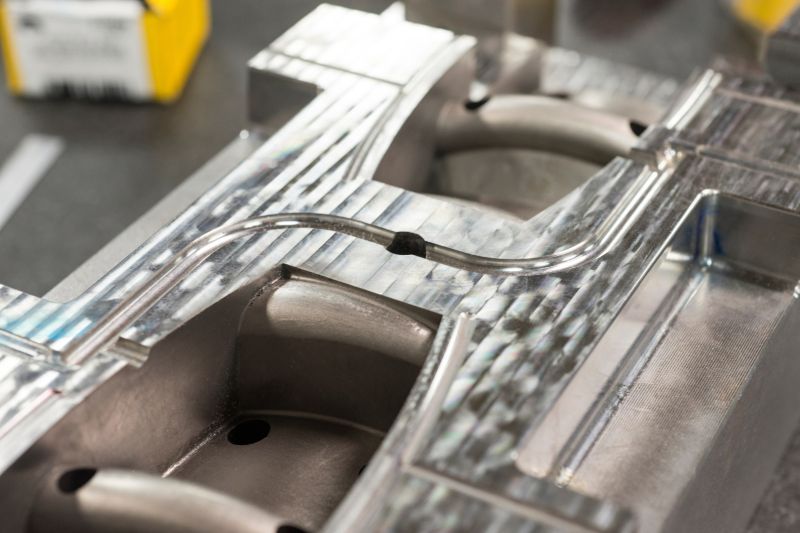 Aluminum Mold
Aluminum Mold
Image Description: A precision aluminum injection mold used for producing plastic parts, showing polished cavities and core components.
Aluminum molds have more advantages than drawbacks, so you can get better results. However, taking a look at them will help in making better decisions:
Pros:
- They work faster and offer less cost with minimal tool investment.
- Cost-effective solution for small-scale molding projects.
- Offer easy installation, modification, and error resolution.
- High conductivity helps them cool down quickly, resulting in less cycle time.
- Offer high-quality products with fewer marks, scratches, and voids.
Cons:
- It is not a good choice for products with high melting points, such as PEEK.
- Low durability can only create thousands of products.
- The soft material is prone to wear and tear.
Steel Molds
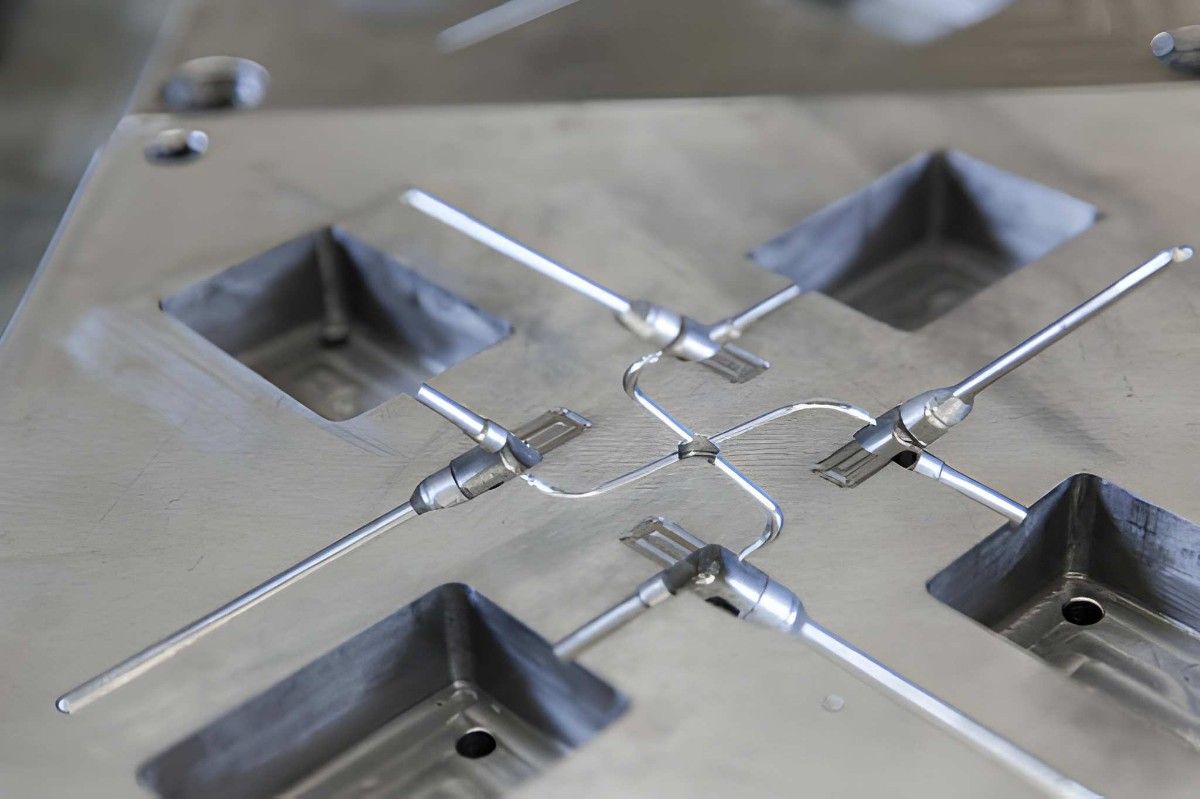 Steel Mold
Steel Mold
Image Description: A steel injection mold inside a factory, with bolts and guide pins visible.
Steel molds might not have caught your attention, but they are no less than Aluminum molds. Their selection and purpose depend upon your requirements. Here’s the list of their pros and cons:
Pros:
- High durability can create millions of products in their life cycle.
- It can process any material, ranging from the lowest to the highest melting points.
- Offer dimensional stability and are best for creating products for heavy industries like Aerospace.
- They can create mass production, which makes them cost-effective for that.
- It can have fewer scratches and have high structural integrity.
Cons:
- They have high costs and are not suitable for startups and small businesses.
- Their low conductivity increases the injection molding cycle period.
- They are prone to any modifications and may need high-end tools for that.
- Tend to create defective products with marks and scratches, and compromise product quality.
Considerations Before Choosing Between Aluminum Vs Steel Injection Molds
Using the wrong mold can ruin all your efforts, money, and time. It reduces the quality and value of the products you create. Therefore, it’s best to use the right molding tool. Consider the following factors to ease your selection process:
1. Tool Life and Maintenance
Before choosing a mold, consider its lifetime and maintenance cost. Identify your requirements and choose the molds according to their strength, wear and tear resistance, and thermal properties. Both need maintenance for mass production. However, the strong build of steel makes it more durable.
2. Production Scale
Know your needs first. How many products do you want to create, and at what scale? Ask yourself before choosing one. Steel molds are durable and can work for a longer period. But they are slow in production. Although Aluminum has a short lifetime, it can produce more in less time.
3. Cost and Investment
Analyze the cost of molds. Aluminum molds require less initial investment and are perfect for short runs. Comparatively, steel molds require a high investment cost, but they are perfect for longer runs, which lowers the cost per product over time.
4. Compatibility with Material
The type of material also plays a crucial role in selecting the right injection mold. For example, aluminum molds, such as PEEK and Polysulfone, cannot process materials with high melting points. However, SteelSteel can process any type of material; as the saying goes, slower and more consistent wins. So, always consider the compatibility of the molds with the materials you will use.
FAQs
1. How can we manufacture Aluminum and steel injection molds?
There are many processes, such as CNC, EDM, and 3D printing, used to create aluminum and steel injection molds. These are some crucial techniques we use at Premium Parts to offer the best products for you.
2. How can EDM machining produce injection molds?
EDM machines create the molding shape of Steel and Aluminum with special electrical sparks that erode them. This is one of the easiest mold-creating methods, offering no contact of the tool with the workpiece.
3. Are steel injection molds more expensive than aluminum molds?
Although aluminum molds offer a good surface finish and are better than Steel molds in many ways, steel molds still cost more because of their stronger build and durability. They can create millions of parts in their lifetime.
4. What materials usually need injection molding?
Many materials undergo injection molding depending on their applications and processes. Common materials include thermoplastics, such as ABS, Nylon, and Polypropylene.
Choose the Right Mold for Your Next Molding Project
You need to consider several factors before choosing between steel and aluminum molds. How much production quantity do you need? What are the properties of the raw materials you are going to use? What will the size and complexity of the parts be? Ask these questions before getting your hands on the molding equipment. We hope that the above differences have given you some valuable insights. However, if you still don’t know what to do, consider Premium Parts as your reliable partner for manufacturing any molding parts you need.
We understand that acquiring high-quality and durable molding parts is difficult. Nevertheless, it’s not a big challenge for our professional engineers and manufacturers. If you need a partner for reliable plastic injection molding services, don’t forget Premium Parts. We will make sure to not only meet but exceed your expectations. Contact us for further information and a quotation.



